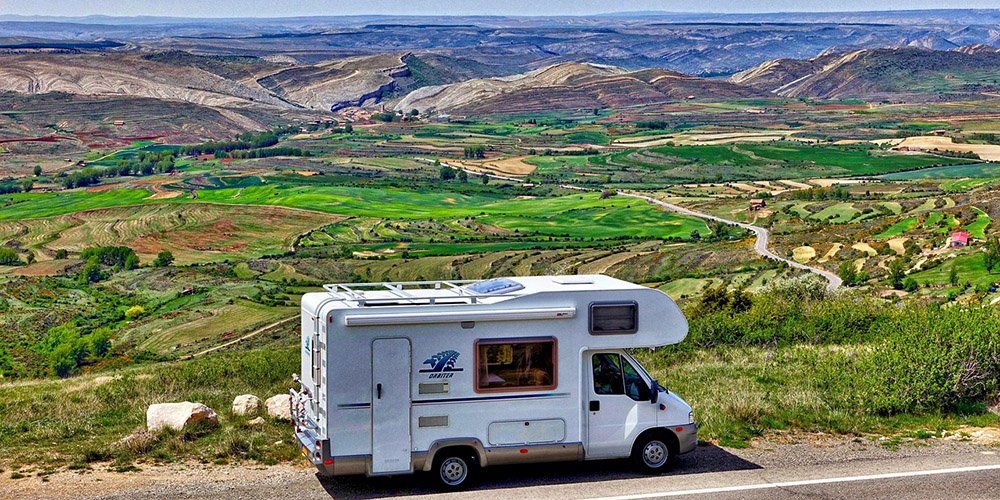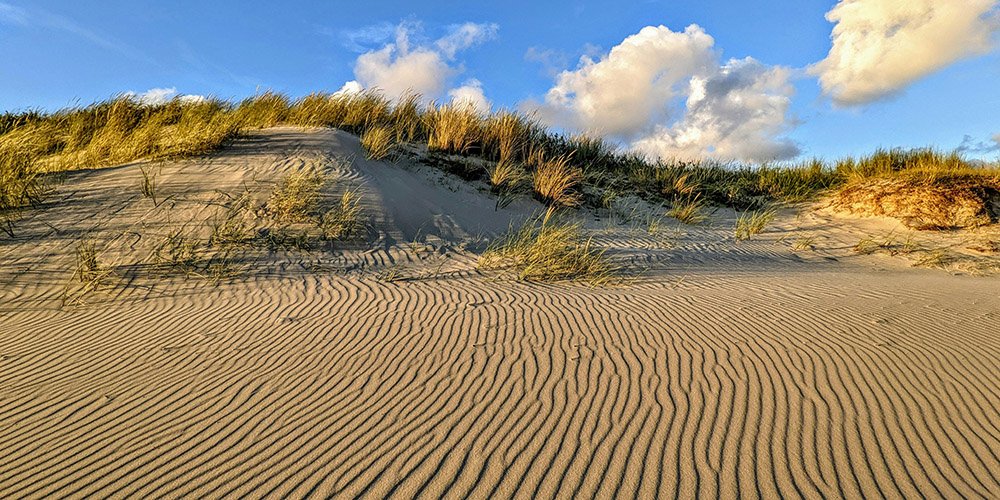The Ultimate Camping Checklist For Families
Embarking on a family camping trip is an adventure that promises to enrich bonds and create lasting memories. To ensure that your time spent in the great outdoors is enjoyable rather than stressful, preparation is key. A comprehensive camping checklist tailored for families not only helps in packing all the necessary gear but also in anticipating the needs of each family member during the trip.
Whether you’re a seasoned camper or setting off for your first family excursion into nature, this ultimate camping checklist will guide you through organizing everything from essential gear to fun activities.
Shelter and Sleep System
1. Tent: Choose a tent that can accommodate all family members comfortably. Consider a tent with compartments or a “family-sized” tent for extra space and privacy.
2. Stakes and Footprint: Don’t forget the stakes for securing your tent and a footprint to protect its floor from abrasion and moisture.
3. Sleeping Bags: Opt for sleeping bags that are appropriate for the weather conditions you anticipate. For colder climates, sleeping bags rated for lower temperatures are essential.
4. Sleeping Pads or Air Mattresses: Add an extra layer of comfort and insulation from the cold ground with sleeping pads or air mattresses. These are crucial for a good night’s sleep.
5. Optional Accessories: Depending on preferences and space, consider hammocks, cots, or even a sleeping bag liner for added warmth.
Camp Kitchen
1. Portable Stove and Fuel: A reliable camp stove is the centerpiece of your camp kitchen, and of course crucial for preparing hot meals. Ensure you have adequate fuel for the duration of your trip.
2. Cooking and Eating Utensils: Pack spatulas, knives, forks, spoons, plates, bowls, and cups. Consider materials like silicone or durable plastics to reduce weight and noise.
3. Pots and Pans: A good set of pots and pans is essential. Cast iron skillets are great for campfire cooking, whereas lightweight pots are better for stove use.
4. Coolers: Use coolers to keep perishables fresh. Ice packs are preferable to loose ice to keep contents dry and mess-free.
5. Water Storage and Purification: For sites without potable water, bring ample water storage containers and a portable water purifier or filtration system.
6. Miscellaneous Items: Include aluminum foil, portable grills, charcoal or propane (depending on your stove/grill type), and a fire starter or matches.
Also read: Choosing the Perfect Kids Camping Chair: A Comprehensive Guide for Parents

Clothing and Footwear
1. Weather-Appropriate Clothing: Always pack for the unexpected. Include lightweight, breathable fabrics for warm weather and insulated layers for cooler temperatures. Waterproof or quick-drying materials are ideal for rainy conditions.
2. Rain Gear: A reliable set of waterproof rain gear for each family member is essential. This includes raincoats or ponchos, which can double as windbreakers.
3. Footwear: Depending on the activities planned, pack appropriate footwear. Waterproof hiking boots are great for trails, while water shoes are useful for creek or beach activities. Always bring an extra pair of comfortable camp shoes or sandals.
4. Accessories: Consider packing hats for sun protection, gloves for cooler nights, and thermal socks to keep feet warm during cold evenings.
Health and Hygiene
1. First Aid Kit: A well-stocked first aid kit is critical for addressing minor injuries or emergencies. Include bandages, antiseptic wipes, tweezers, pain relievers, and specific medications that any family member may require.
2. Personal Hygiene Items: Pack all necessary toiletries including toothbrushes, toothpaste, biodegradable soap, and shampoo. If showers are available, include a small towel or washcloth.
3. Insect Repellent and Sunscreen: Protect your family from bugs and the sun’s harmful rays with a good insect repellent and a broad-spectrum sunscreen with an SPF of at least 30.
4. Additional Essentials: Consider other items like hand sanitizer, baby wipes (useful for quick clean-ups), and toilet paper. If you’re camping in a remote area, a portable toilet or a digging trowel for catholes might be necessary.
1. Maps and Compass: Even if you plan to use a GPS device, always bring a physical map and compass as backups. They are indispensable when electronic devices fail or run out of power.
2. Multi-tool and Pocket Knife: A good quality multi-tool can serve many purposes, from repairing gear to preparing food. A pocket knife is also a handy tool for various camping tasks.
3. Flashlights and Headlamps: Each family member should have their own light source. Headlamps are particularly useful as they allow hands-free operation, ideal for setting up camp in the dark or nighttime trips to the bathroom.
4. Extra Batteries and Power Sources: Pack extra batteries for all devices, and consider bringing a solar charger or portable power bank to keep electronic devices charged, especially on longer trips.
Also read: Camping Essentials for Women: Here’s What to Pack

Entertainment and Leisure
1. Books and Games: Bring along books, playing cards, and board games to keep entertained during downtime. These are perfect for relaxing evenings inside the tent or around the campfire.
2. Outdoor Gear: Depending on your location and the season, you might want to pack fishing rods, binoculars for bird watching, or a telescope for stargazing.
3. Camera: Don’t forget a camera to capture memories of your adventure. Consider a waterproof or rugged camera if you’ll be near water or in challenging conditions.
4. Sports Equipment: If space allows, bring sports equipment like a frisbee, football, or a volleyball set. These are great for family activities and keeping everyone active.
Campsite Essentials
1. Camp Chairs and Tables: Comfort at the campsite can significantly enhance the experience. Bring foldable chairs for each family member, and a table for meals and activities if your campsite does not provide them.
2. Tarp or Canopy: A tarp or pop-up canopy is essential for protection against rain and sun. It can be set up over the eating area or as a general shelter for gear and activities.
3. Rope or Cords: Bring along ropes or cords for various uses, such as securing the tarp, hanging wet clothes, or as extra guy lines for your tent.
4. Tools for Setup: Don’t forget basic tools like a hammer or mallet for driving tent stakes and an axe or saw for gathering and cutting firewood if allowed.
5. Lighting: Additional lighting such as lanterns can help illuminate your campsite after dark, making evening activities more enjoyable and safer.
Make sure to read our other article on Camping Must-Haves.
Safety Items
1. Whistles: Provide a whistle for each family member for emergencies to signal for help or to communicate over long distances in noisy outdoor environments.
2. Wildlife Deterrents: Depending on your camping location, consider carrying bear spray or other wildlife deterrents to ensure your family’s safety in animal-populated areas.
3. Fire Safety: Include a small fire extinguisher or a fire blanket to manage campfires safely. Always check the fire regulations in your camping area before starting a fire.
4. Emergency Contact Information: Have a list of local emergency contacts, including park rangers, nearest hospitals, and a plan for reaching these services in case of an emergency.

Packing Tips and Tricks
1. Efficient Packing: Start by categorizing items based on the sections of this checklist. Pack items that will be used together in the same bags or containers to streamline setup and access.
2. Use Storage Bins: Clear, labeled bins can help organize gear by category (e.g., kitchen, sleep systems, games) and are easy to find and pack in the car. They also protect your gear from moisture and dirt.
3. Check Weather and Activities: Tailor your packing to the weather forecast and planned activities. This ensures you bring only what is necessary, avoiding overpacking.
4. Involve Everyone: Make packing a family activity where children are responsible for their personal items, such as clothes, games, and bedding. This teaches responsibility and ensures they have everything they need.
5. Last-Minute Checklist: Have a checklist for last-minute items to pack, such as chargers, medications, and snacks. These are often overlooked until just before departure.
Final Thoughts
Using a comprehensive camping checklist ensures you’re prepared for any situation, from unexpected weather changes to minor injuries. It helps in avoiding common camping pitfalls like forgetting essential gear or overpacking.
While this checklist serves as a thorough guide, every family’s needs are different. Customize it based on the duration of your trip, the specific needs of your family members, and your destination.
After your trip, take note of what items were used most and what wasn’t needed. This can help refine your checklist for future trips. Share your insights and experiences with the camping community online or with friends to help others improve their camping preparation.
This ultimate camping checklist for families is designed to ensure you don’t just survive your outdoor adventure—you thrive. By preparing ahead and involving the whole family in the packing process, you turn preparation into an integral part of the adventure, setting the stage for a successful and memorable experience.
P.S.: Thank you for the mention on Tumblr!








